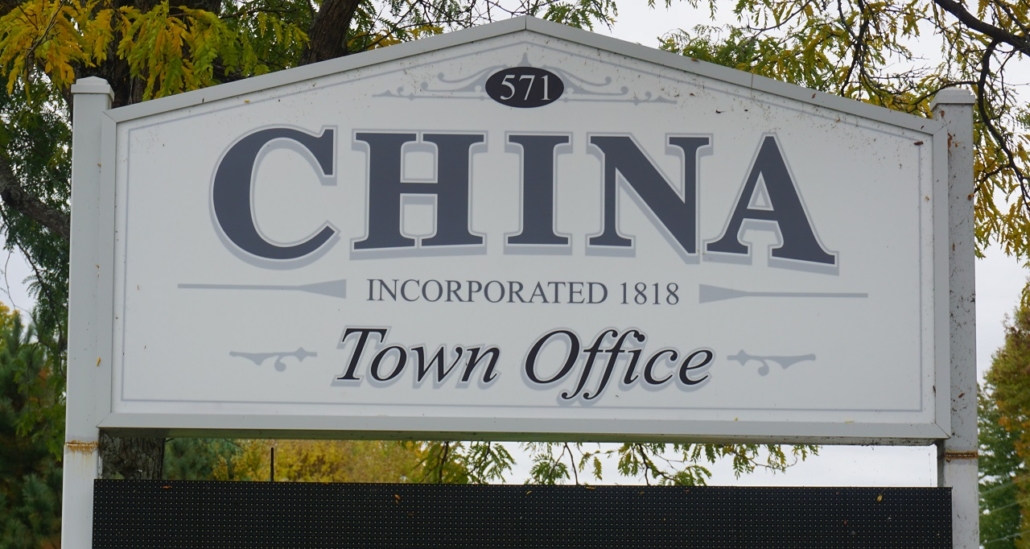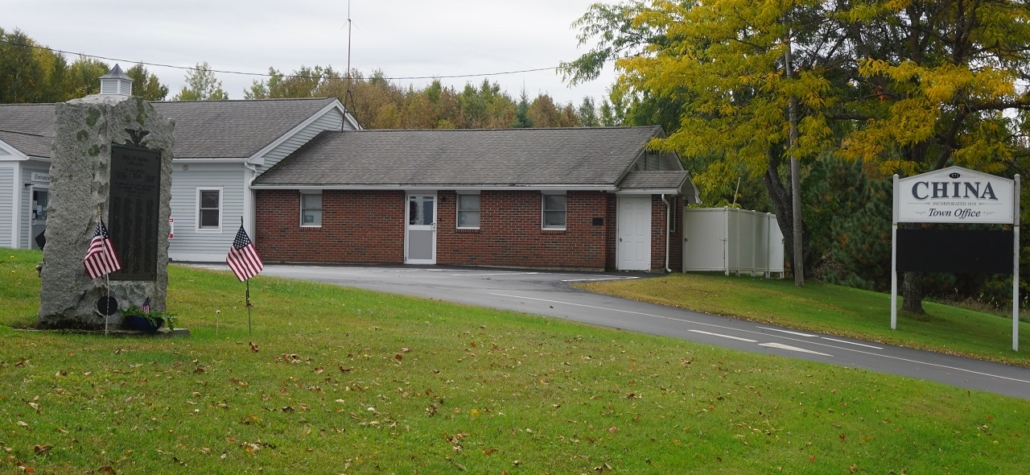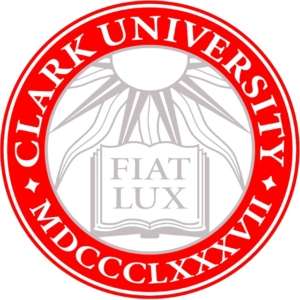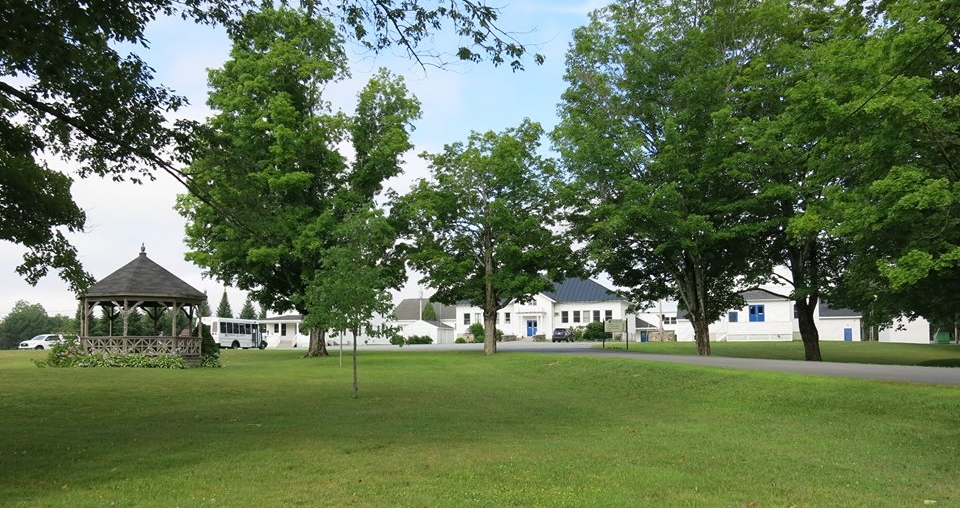China select board members sign warrant for the annual town meeting
“Taxpayers in the Town of China are not gonna be happy this year.”
– Selectman Brent Chesley

by Mary Grow
At their April 8 meeting, China select board members signed the warrant for the June 11 annual town business meeting, at which voters act on the 2024-25 municipal budget (and other items), and heard a presentation on the 2024-25 school budget, which will be voted on separately the same day.
Board member Brent Chesley’s summary: “Taxpayers in the Town of China are not gonna be happy this year.”
Because the Kennebec County budget is not yet final, China taxpayers don’t yet know exactly how unhappy they will be. Town Manager Rebecca Hapgood and several select board members planned to attend the April 9 Kennebec County budget meeting that will move toward determining whether a preliminary $238,000 increase will hold.
The municipal budget increase, if voters approve recommended spending, will be $374,495, according to Hapgood.
China is in Regional School Unit (RSU) #18, which also includes Belgrade, Oakland, Rome and Sidney. Superintendent Carl Gartley said the RSU budget will increase by $1,459,447.19, or 3.4 percent.
China’s share of the RSU #18 budget is in two parts, the EPS (Essential Programs and Services) component and additional local funds. The approved budget posted on the RSU #18 website shows the former up by $216,273 and the latter by 228,274 for a total increase of $444,547.
Gartley began his presentation with a comparison of RSU #18 with other central Maine school units. RSU #18 students consistently rank at the top of the list on national language and math tests, he said, and in the bottom half in per-pupil spending.
Select board schedules public hearing on warrant articles for May 6
China select board members have scheduled a public hearing on the articles to be voted on at the June 11 annual town business meeting for 5:45 p.m. Monday, May 6, in the town office meeting room.
Board member Janet Preston’s suggested the hearing be made more prominent – “an event,” she recommended – to attract more voters was modified to a proposal to serve light refreshments.
Because the June 11 town business meeting will be by written ballot, the May 6 hearing will be voters’ only chance to ask questions and get answers from board members and Hapgood about what they are voting on.
Board members acknowledged that some residents want to go back to the pre-Covid open town meetings. No one spoke in favor of doing so. Chairman Wayne Chadwick has repeatedly said that in his opinion, too few people attended the open meetings to fairly represent residents’ preferences.
In reply to select board members’ questions, Gartley explained several of the specific increases. RSU #18, he said, is not facing the “fiscal cliff” that some other school districts are with the end of federal covid funding: the unexpected money was mostly spent for lasting improvements, like re-siding China Middle School, not to hire personnel whose wages and benefits now become local responsibilities.
Select board member Brent Chesley asked about policies on controversial issues like critical race theory and gender. Gartley replied that the RSU board – whose two China members he praised – and he agreed on accepting state-required policies, but not looking for more.
“We don’t get into teaching political opinions,” the superintendent said. The philosophy is to teach students how to think, not what to think, and he believes most teachers adhere to it most of the time.
Gartley said while school expenditures have gone up, RSU #18’s state subsidy has been reduced by $500,000. Subsidies are calculated based on local valuations.
The issue of state changes increasing local taxes had come up earlier in the meeting, when Hapgood told board members most of the legal bill they approved paying was for integrating the 2021 state affordable housing law, still called LD 2003, into China’s Land Use Ordinance.
In other business April 8, select board members unanimously approved the request from Four Seasons Club President Thomas Rumpf to extend approval for ATVs to use about two miles on Bog and Peasant View Ridge roads for another year.
When Rumpf presented the proposal at a May 22, 2023, public hearing, he explained that the roads would substitute for the unusable Beaver or Bog Trail to create a loop trail between southeastern and northeastern China.
Rebuilding the Bog Trail to state standards might cost as much as $700,000, Rumpf said. Because there was so much storm damage to trails throughout Maine this winter, state funds are unlikely to be available this year.
Rumpf and Hapgood said using the roads had generated maybe half a dozen complaints in a year, about issues like late-night traffic and speeding. Rumpf said all complaints he knew of had been settled within a day.
In other business April 8, board members unanimously appointed Rachel Anderson a member of the Transfer Station Committee. The committee’s next meeting is scheduled for 9 a.m. Tuesday, April 16.
Speaking for Director of Public Services Shawn Reed, Hapgood said the high water level in China Lake is delaying putting in the docks at the boat landing by the causeway.
From the transfer station, Hapgood said the annual drug take-back day is scheduled for Saturday, April 27, from 10 a.m. to 2 p.m.; and a paper shredding machine will be available Saturday, May 4, from 9 a.m. to 1 p.m.
Items postponed to a future meeting included:
— A proposal from the Kennebec County Sheriff’s Office to share the antenna at the China town office, pending legal review.
— Discussion of buying a new public works truck, while awaiting a second price quote as requested by the budget committee. [See budget committee meeting story also in this issue.]
The next regular China select board meeting will be Monday evening, April 22.










